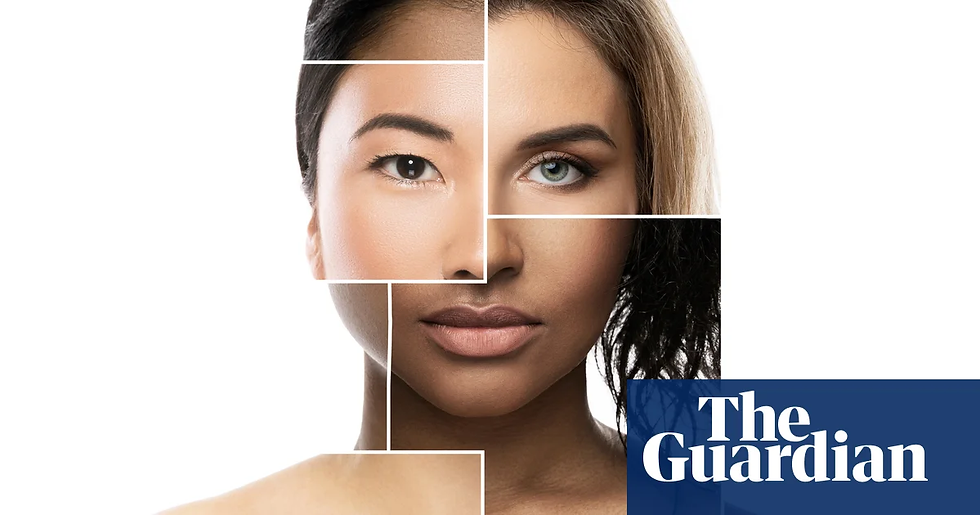Insight of the Day: ‘People think that looking better means you will have a better life’: why gen Z spends so much on beauty
- InsightTrendsWorld

- Aug 27, 2024
- 2 min read
Findings:
There is a growing trend, especially on social media, where extensive beauty treatments like nails, hair, eyebrow, and lash enhancements are seen as essential investments for improving social life, relationships, and job prospects. This phenomenon has been amplified by influencers who invest heavily in beauty maintenance routines, reflecting broader societal pressures to conform to specific beauty standards.
Key Takeaway:
The idea that extensive beauty routines can enhance personal and professional success is gaining traction, driven by social media and influencer culture. However, this trend also highlights the significant financial and emotional costs associated with maintaining these standards, as well as the disparities faced by different demographics, particularly Black women.
Trend:
The trend could be termed "High-Maintenance Minimalism," where the effort to achieve a "natural" or "low-maintenance" look actually involves significant investment in beauty treatments. This trend is particularly prevalent on platforms like TikTok, where "beauty maintenance days" and the hashtag #highmaintenancetobelowmaintenance have gained massive popularity.
Consumer Motivation:
Consumers, especially young women, are motivated by the desire to appear polished and confident with minimal daily effort, believing that regular beauty treatments will help them succeed socially and professionally. The pressure to conform to these standards is reinforced by social media and the perception that looking "put together" is essential for success.
Social media, influencer culture, and the economic concept of beauty as an "affordable luxury" during tough times drive this trend. The pandemic's DIY beauty experimentation has evolved into a sustained demand for professional beauty treatments as a way to maintain and enhance one's appearance.
People Referred to in the Article:
The article primarily discusses young women, particularly influencers and professionals who feel the need to maintain high beauty standards. It also addresses the specific challenges faced by Black women, who often spend more on beauty but face systemic inequalities in the industry.
Description of Consumers and Product/Service:
The consumers are mainly young women, including influencers and professionals, who regularly invest in beauty treatments such as manicures, pedicures, lash lifts, and Botox. These services are seen as essential for maintaining a polished appearance that boosts confidence and productivity.
Conclusions:
While the trend of investing heavily in beauty treatments is seen as beneficial for personal and professional life, it also perpetuates unrealistic beauty standards and can create financial strain. There is also a growing movement among some women to reject these pressures and embrace more natural, less costly beauty routines.
Implications for Brands:
Beauty brands and service providers can capitalize on this trend by offering products and services that promise long-lasting, low-maintenance results. However, they should also be mindful of the growing backlash against high-maintenance beauty standards and consider promoting inclusivity and diverse definitions of beauty.
Implications for Society:
The increasing pressure to conform to specific beauty standards may exacerbate issues related to self-esteem, financial stress, and inequality, particularly among young women. There is a need for greater awareness and acceptance of diverse beauty practices and appearances.
Big Trend Implied:
The big trend implied is the rise of "High-Maintenance Minimalism," where achieving a "natural" look involves significant effort and expense. This trend reflects broader societal pressures around beauty and success, driven by the pervasive influence of social media and the beauty industry.





Comments